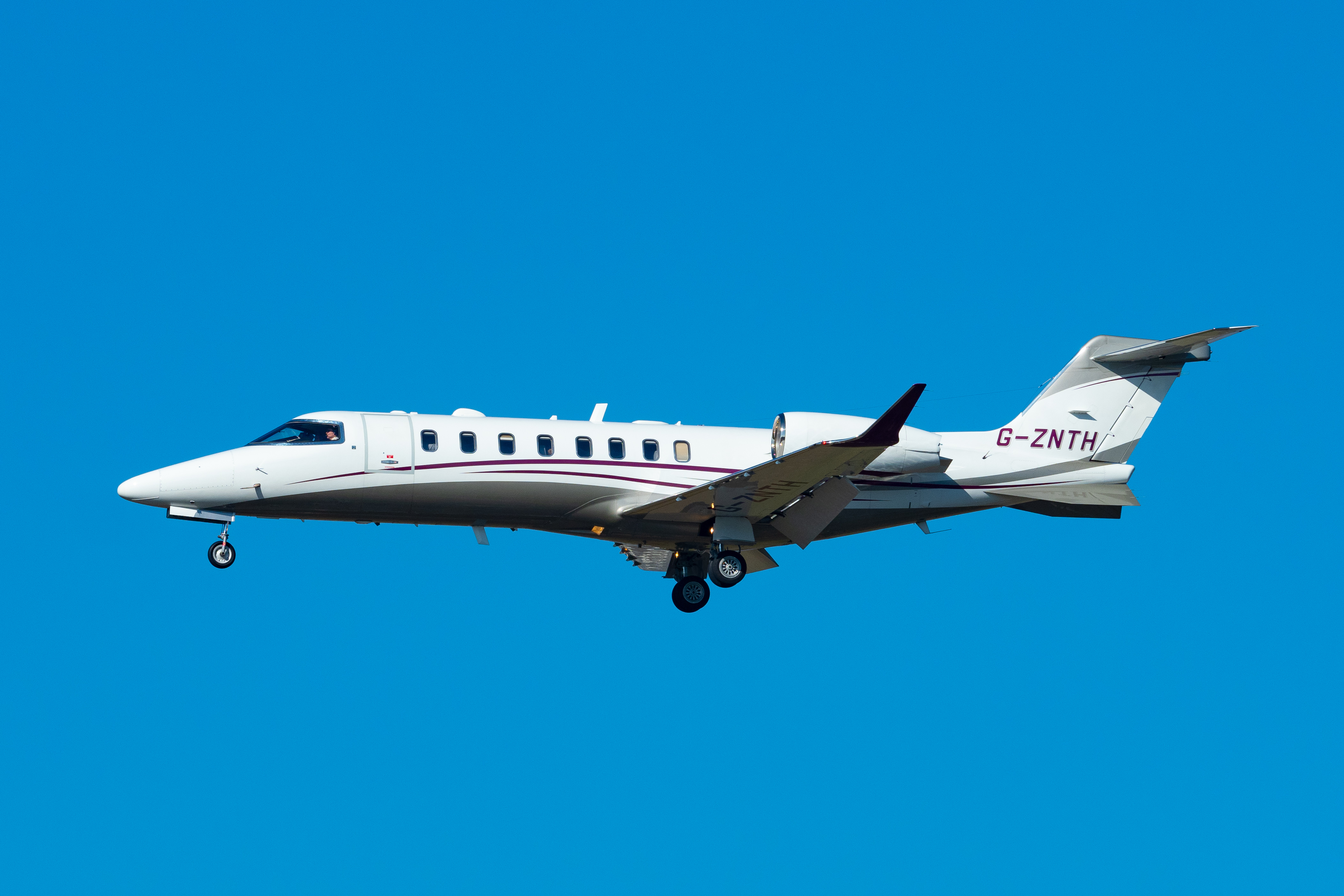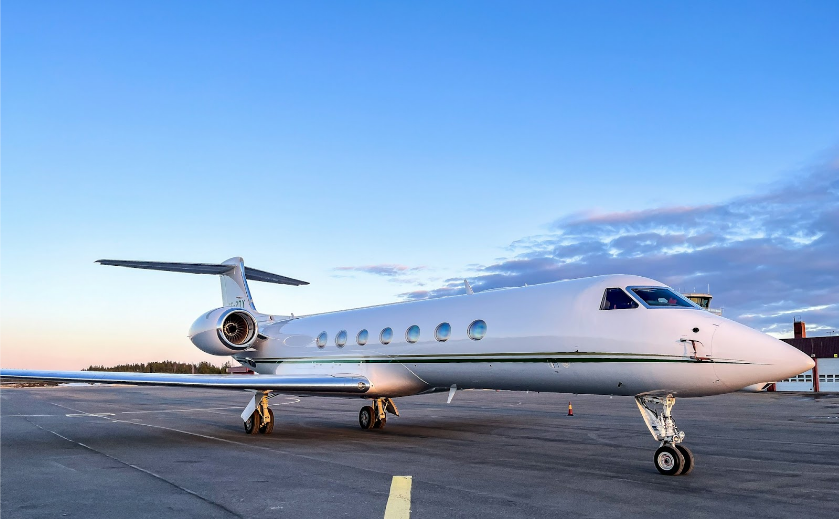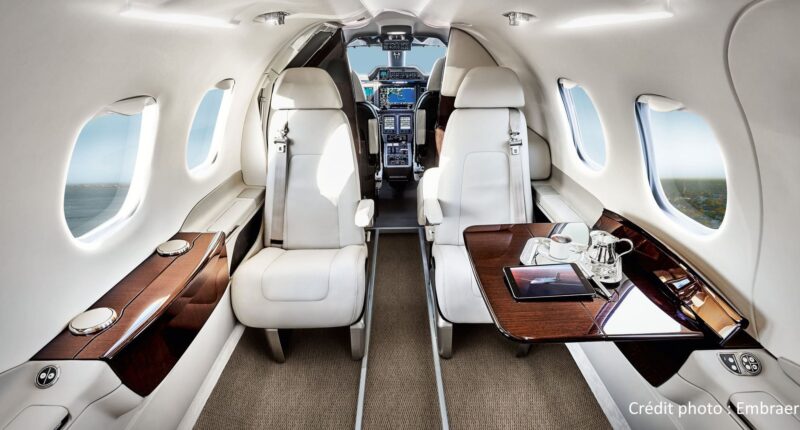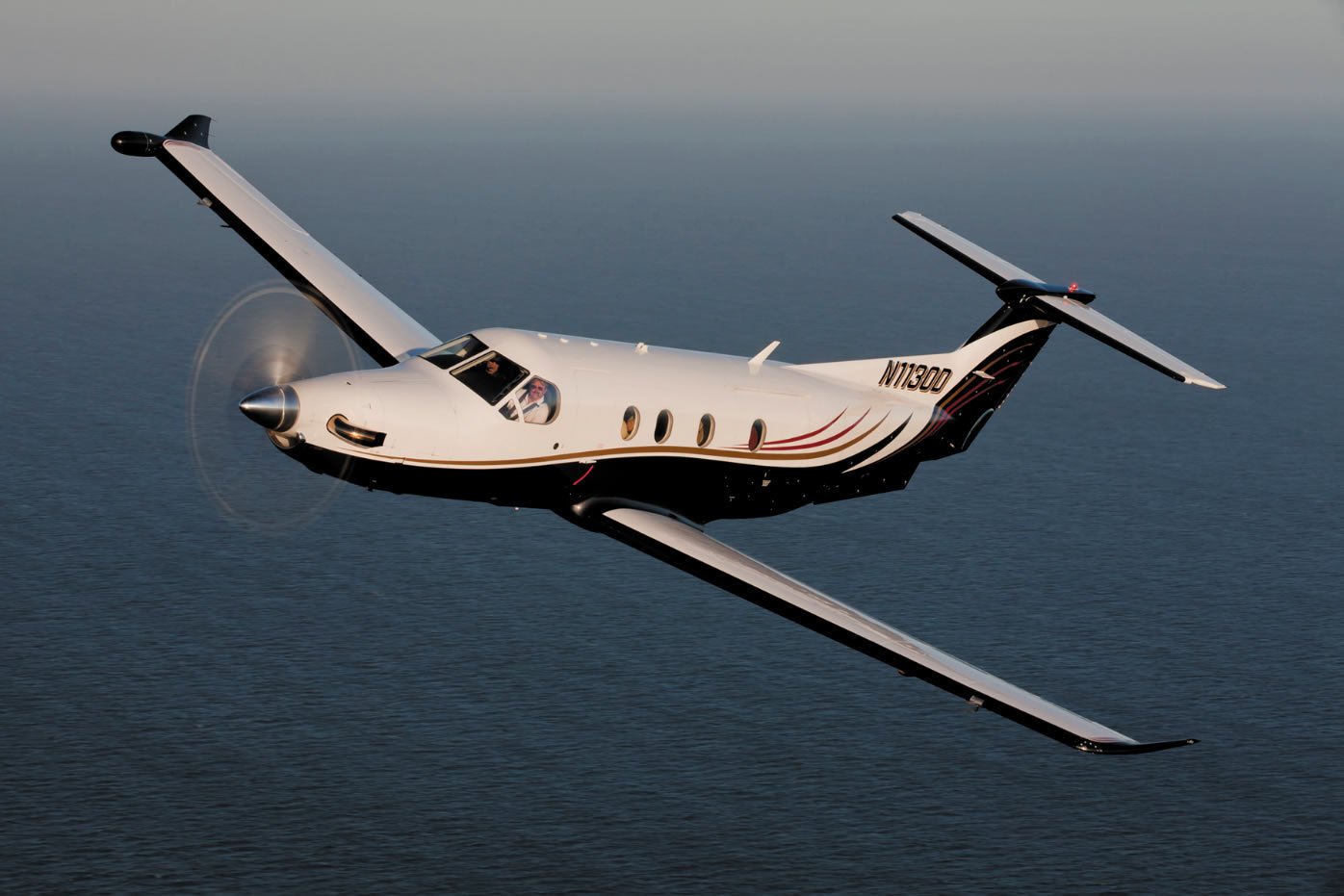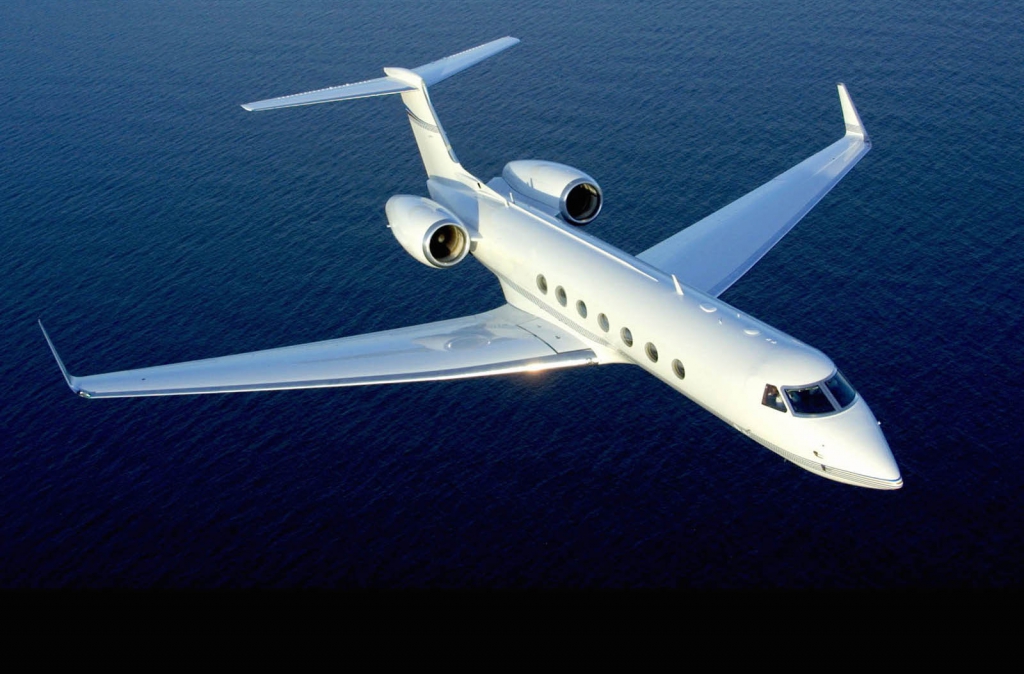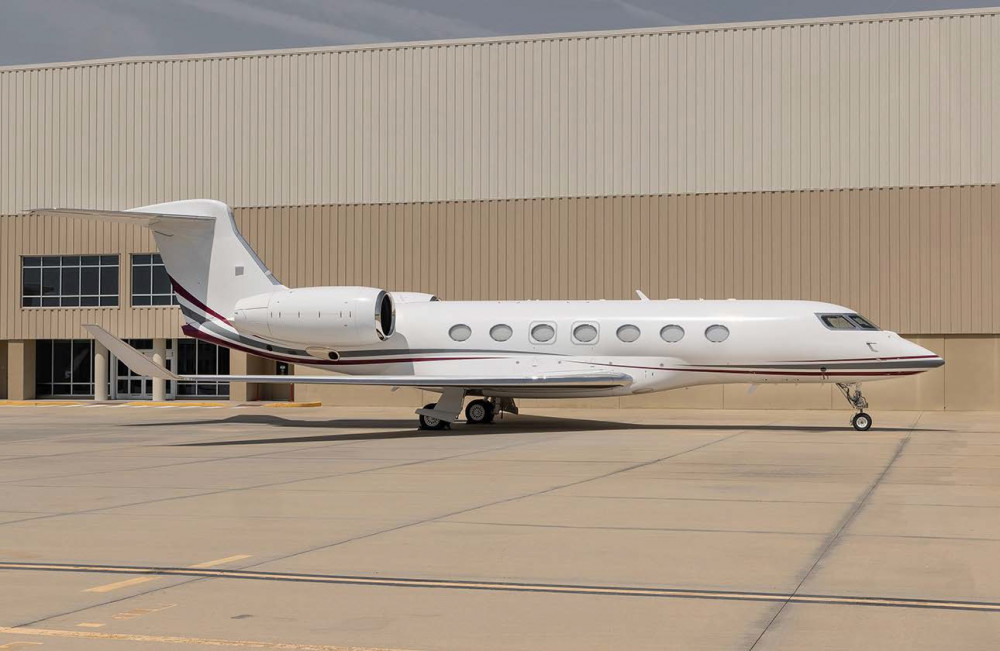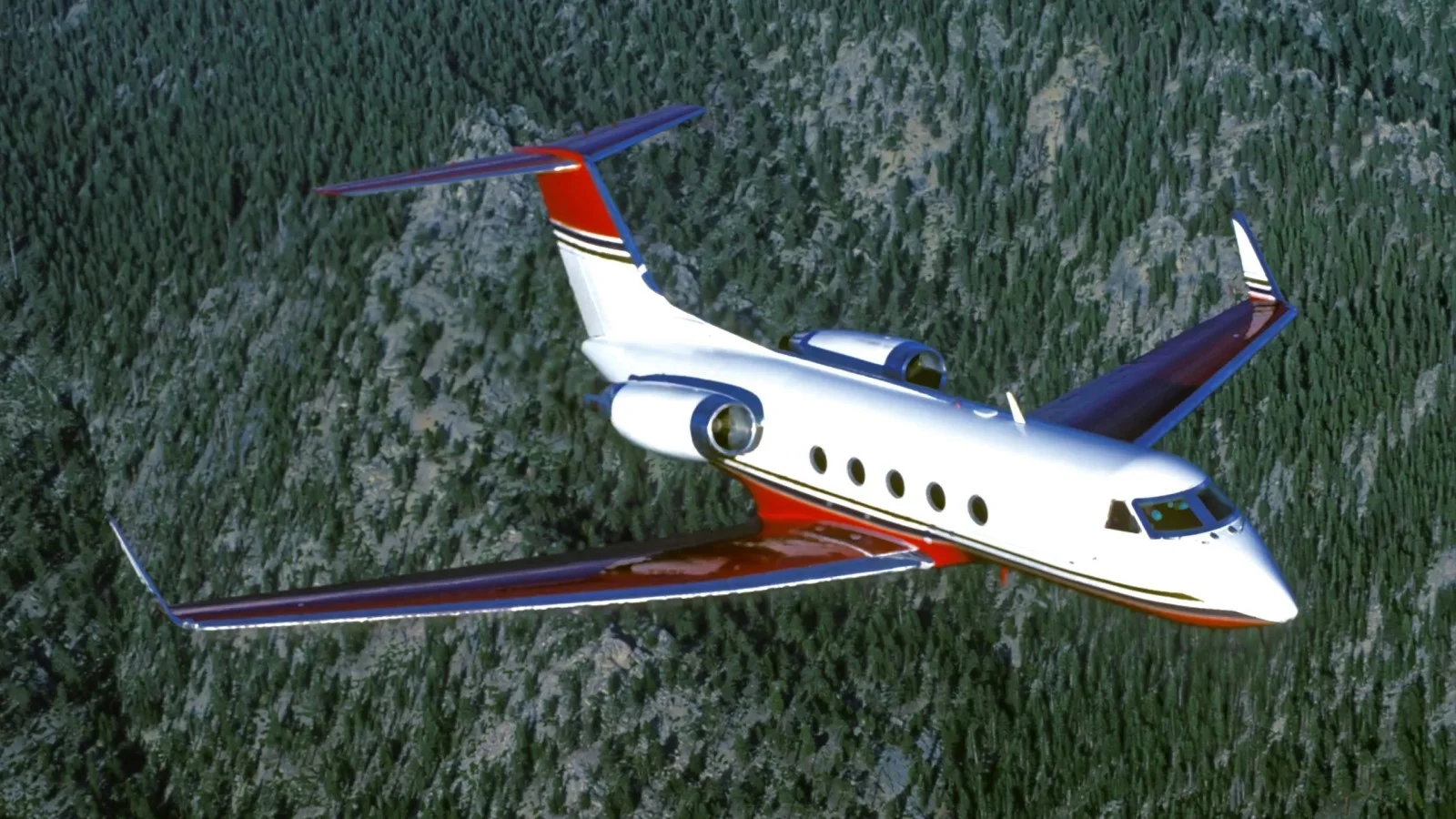A Review of The Bombardier Global 6000 : Ultra long range expert!
7 min read

A Complete Review of the Bombardier Global 6000
In the world of ultra-long-range business jets, only a few names dominate the airspace.
Among them, the Bombardier Global 6000 has carved out a reputation for endurance, elegance, and executive comfort.
It’s not the newest player on the field, but it still holds its ground as a favorite for many corporations, governments, and elite travelers.
But what exactly makes this jet such a standout? And is it still worth its sky-high operating costs in a competitive market?
This article offers a deep dive into everything you need to know about the Bombardier Global 6000—from its performance stats to cabin features, operating expenses, and even the rivals it squares off against.
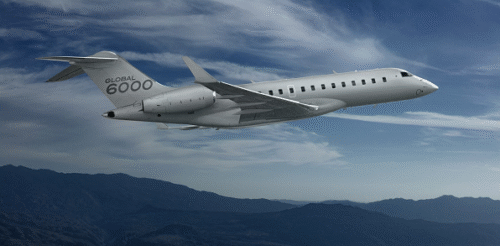
A Brief Introduction to the Global 6000
The Global 6000 was officially announced in 2011 and entered production in 2012. It hit the market the same year and quickly found a home in several high-profile fleets.
Launched in 2012 as the next evolution of Bombardier’s Global Express XRS, the Global 6000 was designed to deliver more than just range.
It brought upgrades in avionics, better cabin layouts, and higher performance to satisfy the demands of transcontinental flyers. By 2019, Bombardier had delivered over 315 units. NetJets, a major player in fractional jet ownership, placed an order for 30 aircraft in 2011—a strong vote of confidence for the model.
Its use by government agencies and in defense operations also underlines its reliability and adaptability. So whether you’re hopping from Los Angeles to Sydney or New York to Tokyo, this jet was built to make the journey feel less like a haul and more like a seamless continuation of your lifestyle.
Since its debut, it has found favor with corporate aviation departments, high-net-worth individuals, and defense agencies around the world.
Core Performance and Flight Capabilities
Let’s talk about what this bird can actually do in the sky.
Range and Speed
The Bombardier Global 6000 lives up to its name with a maximum range of 6,000 nautical miles (roughly 11,112 kilometers). That means it can fly non-stop between many major cities across the globe without breaking a sweat.
Need to go from Paris to Singapore? Done. Want to skip layovers from San Francisco to Dubai? No problem. At cruising speeds, the jet typically flies at Mach 0.85, but it can reach up to Mach 0.89 at top speed.
It also boasts an endurance of up to 17 hours in the air, which is incredibly useful for both business and special mission operations.
Climb and Altitude
With a ceiling of 51,000 feet, the Global 6000 flies high above commercial traffic and weather, giving it an edge in efficiency and smoothness.
Its initial cruise altitude is a solid 41,000 feet. Combined with its powerful Rolls-Royce BR710A2-20 turbofan engines, it climbs with confidence.
In short, you get to enjoy the following specs;
⦁ Maximum Range: 6,000 nautical miles (11,112 kilometers)
⦁ Top Speed: Mach 0.89
⦁ High-Speed Cruise: Mach 0.88
⦁ Typical Cruise Speed: Mach 0.85
Fuel Burn and Flight Costs
Luxury at 51,000 feet doesn’t come cheap.
Fuel Consumption
At a typical cruise speed, the Global 6000 burns about 512 gallons of fuel every hour. That’s roughly $3,215 per hour if jet fuel costs $5 per gallon. Over a 10-hour flight, you’re already looking at over $32,000 in fuel alone.
Operating Costs
Now let’s get real—this jet isn’t just expensive to buy, it’s expensive to own and operate.
Fixed yearly costs (covering crew salaries, insurance, and hangar fees) sit around $700,000.
Variable hourly costs range between $7,895 and $10,379 depending on how often and how far you're flying.
Maintenance adds another $2,070 per hour, while engine reserves cost $1,870 per hour.
Altogether, if you fly around 300 hours a year, you're looking at a total operating budget of approximately $6 million annually.
Cabin Design and Layout
One of the biggest selling points of the Global 6000 is its cabin. Bombardier didn’t just aim for comfort—they wanted luxury that you could personalize.
Dimensions and Feel
Step inside and you’ll notice just how roomy it feels. The cabin is 6 feet 2 inches tall and almost 8 feet wide, stretching over 43 feet in length. With this much real estate, the space is divided into three customizable zones. You can use it to work, dine, lounge, or sleep—depending on your priorities.
Seating Configuration
The standard configuration accommodates 14 seats. Many of them come with fold-out footrests and can be transformed into beds. In total, you can sleep up to seven people comfortably.
The third cabin zone offers privacy and can include two single beds and one double divan—ideal for longer trips or overnight hauls. Bombardier also offers specialized configurations for VIPs, heads of state, and even medical evacuation missions, which can carry up to six stretchers.
Connectivity and Amenities
From high-speed internet to safe in-flight baggage access, the Global 6000 doesn’t skimp on conveniences. The cabin features a seamless entertainment and communication system, allowing passengers to stay connected globally via enhanced SATCOM.
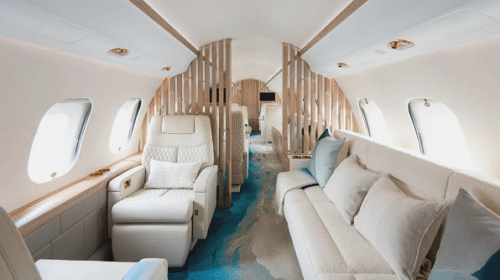
Avionics and Crew Needs
The Bombardier Vision flight deck brings serious tech to the front of the plane. It comes with four large display screens, a Head-Up Display (HUD), Enhanced Vision System (EVS), Synthetic Vision System (SVS), and a smart MultiScan weather radar.
It’s one of the most sophisticated flight decks in its class, and pilots often praise its intuitive design and situational awareness.
As expected for a jet of this size and complexity, the Global 6000 requires two pilots.
This isn’t unique in the business jet world, but it’s worth noting that everything on this aircraft—from the avionics to the automation; is designed to support the crew with maximum clarity and minimal workload.
Customization Options
Bombardier understands that no two clients are the same. That’s why the Global 6000 is highly customizable, not just in terms of furniture or color palettes, but down to the equipment.
Owners can choose between various seating arrangements, cabin zones, luxury materials, and lighting systems.
There are even options for additional mission equipment for those who want to use the aircraft for defense, surveillance, or emergency response tasks. And for those who want absolute privacy or more utility in the third cabin zone, layouts can be fully modified to match.
Maintenance and Reliability
One underrated feature of the Global 6000 is its extended maintenance intervals. Simply put, it spends more time in the air and less time in the hangar.
That’s a huge plus for corporate operations or government missions where downtime can be costly.
Thanks to its high wing loading, the jet handles turbulence better than many others in its class, offering passengers a smoother ride even when skies get choppy.
Who Are Its Main Competitors?
In today’s market, the Global 6000 goes up against some heavy hitters.
⦁ Gulfstream G600: With a slightly longer range (6,500 nm) and very advanced avionics, the G600 is a direct competitor.
⦁ Gulfstream G650: This jet pushes the range even further (6,900 nm) and is known for its top-tier performance and elite branding.
⦁ Dassault Falcon 8X: With 6,200 nm of range, it’s a highly fuel-efficient option and has a narrower cabin but excels in operational flexibility.
⦁ Embraer Lineage 1000E: This aircraft offers a large cabin but a shorter range (4,600 nm), targeting a more budget-conscious buyer with similar luxury aspirations.
Each of these jets has strengths, but what sets the Global 6000 apart is its balance of comfort, performance, and versatility.
The Verdict: Is the Global 6000 a Smart Buy?
Let’s be honest; this aircraft is not cheap.
It demands a lot in operating expenses and burns fuel like a thirsty racehorse. But for the right buyer, it’s absolutely worth it. Here’s why.
The Global 6000 offers a nearly unmatched in-flight experience. It’s smooth, quiet, connected, and luxurious. It delivers on range and speed, while giving you enough customization options to make it truly yours.
Its extended maintenance cycles, high-wing loading, and steep-approach certification make it one of the most versatile jets in its class.
That said, it’s not the top dog in raw range anymore. Gulfstream’s G650 and Dassault’s 8X both beat it on that front. If maximum range is your only concern, you might look elsewhere. But if you want a high-performing, highly livable jet that balances performance, luxury, and reliability, the Global 6000 is a contender that still earns its stripes.
Final Thoughts
Flying private is all about freedom, comfort, and efficiency. The Bombardier Global 6000 delivers all three, with a dash of elegance and the substance to back it up.
It’s not just a jet—it’s a statement. And while its rivals have closed the gap (and in some cases, leapfrogged it), the Global 6000 still flies high in the eyes of many discerning travelers.
For businesses, governments, or individuals who need reliable, nonstop global access with room to breathe and space to live, the Global 6000 remains a smart and stylish choice—even a decade after its launch.
